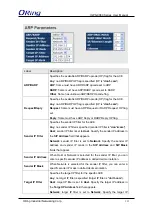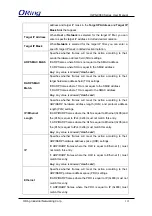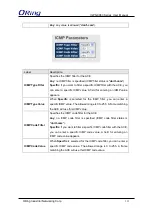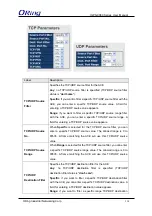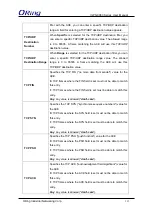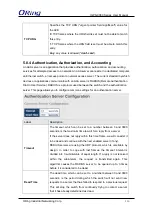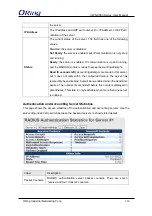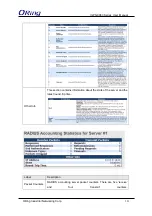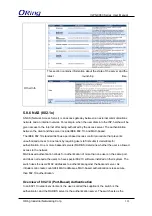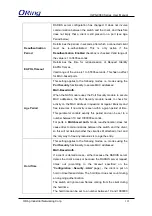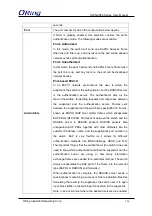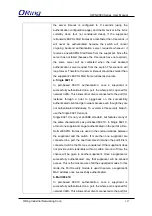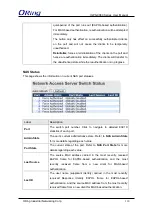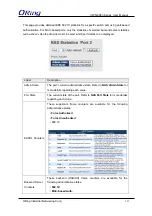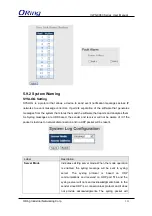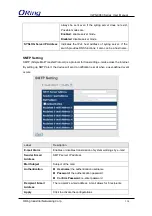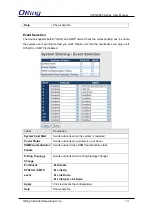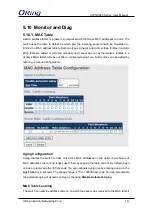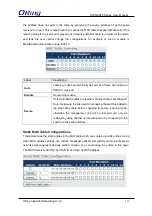
IGPS-9080 Series User Manual
ORing Industrial Networking Corp
123
man-in-the-middle, forwarding requests and responses between the supplicant and the
authentication server. Frames sent between the supplicant and the switch are special 802.1X
frames, known as EAPOL (EAP Over LANs) frames which encapsulate EAP PDUs (RFC3748).
Frames sent between the switch and the RADIUS server are RADIUS packets. RADIUS
packets also encapsulate EAP PDUs together with other attributes like the switch's IP address,
name, and the supplicant's port number on the switch. EAP is very flexible as it allows for
different authentication methods, like MD5-Challenge, PEAP, and TLS. The important thing is
that the authenticator (the switch) does not need to know which authentication method the
supplicant and the authentication server are using, or how many information exchange frames
are needed for a particular method. The switch simply encapsulates the EAP part of the frame
into the relevant type (EAPOL or RADIUS) and forwards it.
When authentication is complete, the RADIUS server sends a special packet containing a
success or failure indication. Besides forwarding the result to the supplicant, the switch uses it
to open up or block traffic on the switch port connected to the supplicant.
Note: in an environment where two backend servers are enabled, the server timeout is
configured to X seconds (using the authentication configuration page), and the first server in
the list is currently down (but not considered dead), if the supplicant retransmits EAPOL Start
frames at a rate faster than X seconds, it will never be authenticated because the switch will
cancel on-going backend authentication server requests whenever it receives a new EAPOL
Start frame from the supplicant. Since the server has not failed (because the X seconds have
not expired), the same server will be contacted when the next backend authentication server
request from the switch. This scenario will loop forever. Therefore, the server timeout should
be smaller than the supplicant's EAPOL Start frame retransmission rate.
Overview of MAC-Based Authentication
Unlike 802.1X, MAC-based authentication is not a standard, but merely a best-practices
method adopted by the industry. In MAC-based authentication, users are called clients, and
the switch acts as the supplicant on behalf of clients. The initial frame (any kind of frame) sent
by a client is snooped by the switch, which in turn uses the client's MAC address as both
username and password in the subsequent EAP exchange with the RADIUS server. The
6-byte MAC address is converted to a string in the following form "xx-xx-xx-xx-xx-xx", that is, a
dash (-) is used as separator between the lower-cased hexadecimal digits. The switch only
supports the MD5-Challenge authentication method, so the RADIUS server must be
configured accordingly.
When authentication is complete, the RADIUS server sends a success or failure indication,
which in turn causes the switch to open up or block traffic for that particular client, using static
entries into the MAC Table. Only then will frames from the client be forwarded on the switch.



